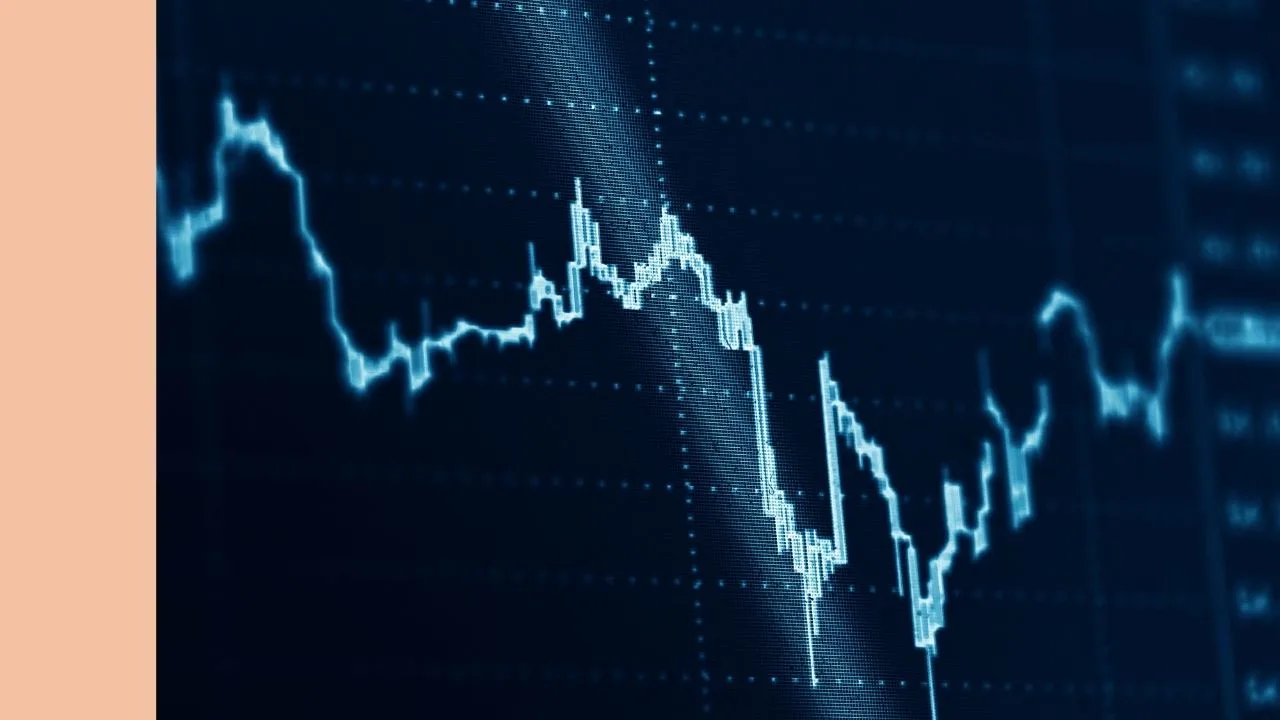If you’re investing for dividends, the BetaShares Australian Dividend Harvester Fund (ASX: HVST) might look tempting, but there’s more to the story. Here’s what you need to know.
About HVST
The Australian Dividend Harvester Fund is an exchange-traded managed fund offered by the provider BetaShares. The fund aims to provide investors with a regular franked dividend income that is at least double the income yield of the broader Australian share market.
The HVST ETF also aims to reduce volatility and defend against losses in declining markets using hedging strategies. In other words, this product is designed mainly for retirees to provide regular income and reduce share volatility.
HVST Strategy
The HVST ETF essentially cycles through multiple large-cap companies to receive each of their dividends, regularly buying and selling shares and rebalancing the portfolio every two months.
The shares appear to be held just long enough to receive the franked dividend and then they’re sold again for another company to enter the portfolio.
Past Performance
The numbers, at a base level, look impressive. In the 12 months to 28th June 2019, the HVST ETF’s gross return (which assumes all franking credits are received as income) was 14.68%. The video below explains how franking credits work.
While the return seems high, the longer-term performance is less inspiring. Since the fund’s inception in 2014, the gross return has been only 4.41% per year.
HVST Fees and Risks
This ETF is a managed fund so naturally, the fees are higher than most index-tracking ETFs. The current management fee is 0.65% per year with additional estimated expenses of 0.25% per year, bringing the total cost to 0.9% per year.
The reason that the long-term performance seems so far separated from the short-term performance is that this ETF’s strategy trades capital gains for dividends.
In other words, you receive a high dividend yield, but your capital is being eroded. Since inception in 2014, the fund’s share price has fallen from $25.32 to $15.89, a decline of around 37%.
This is because the fund trades shares during the period when they trade ex-dividend, which usually sees a share price drop. So, the fund invests, the share price drops as it trades ex-dividend, the dividend is paid and makes up for the decline and the investor receives regular monthly income, possibly not realising that they’re losing capital.
Summary
This is a fund I would be cautious about investing in. While the short-term figures appear enticing, the strategy the HVST ETF employs seems to reduce capital over the long-term and you may be better off just buying blue-chip shares yourself or finding a passive low-cost ETF with a high dividend yield.
If a yield seems too good to be true, it probably is. If you want our number one ETF pick, you can find it in the free report below.
[ls_content_block id=”14948″ para=”paragraphs”]
Disclosure: At the time of writing, Max does not own shares in any of the companies mentioned.








